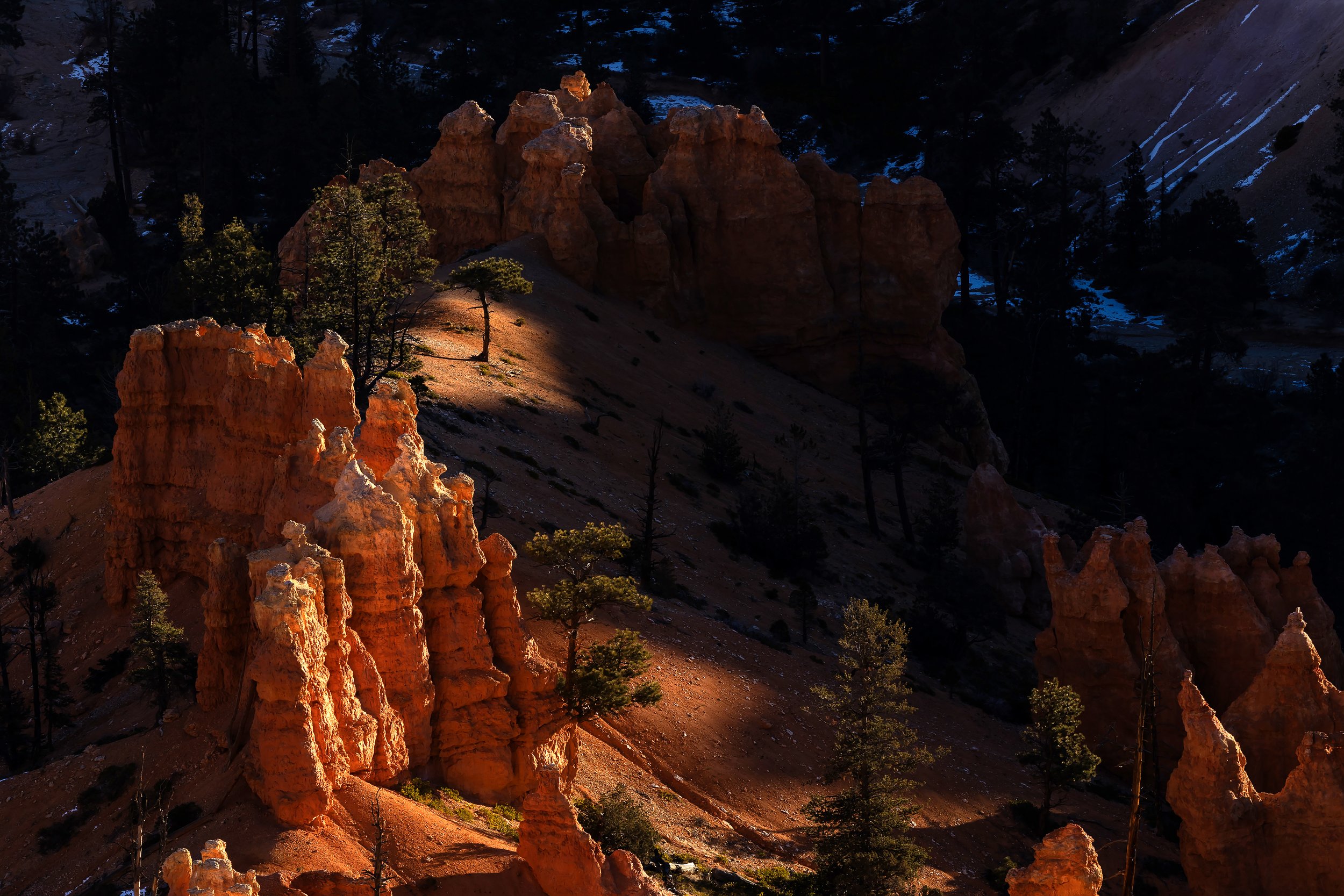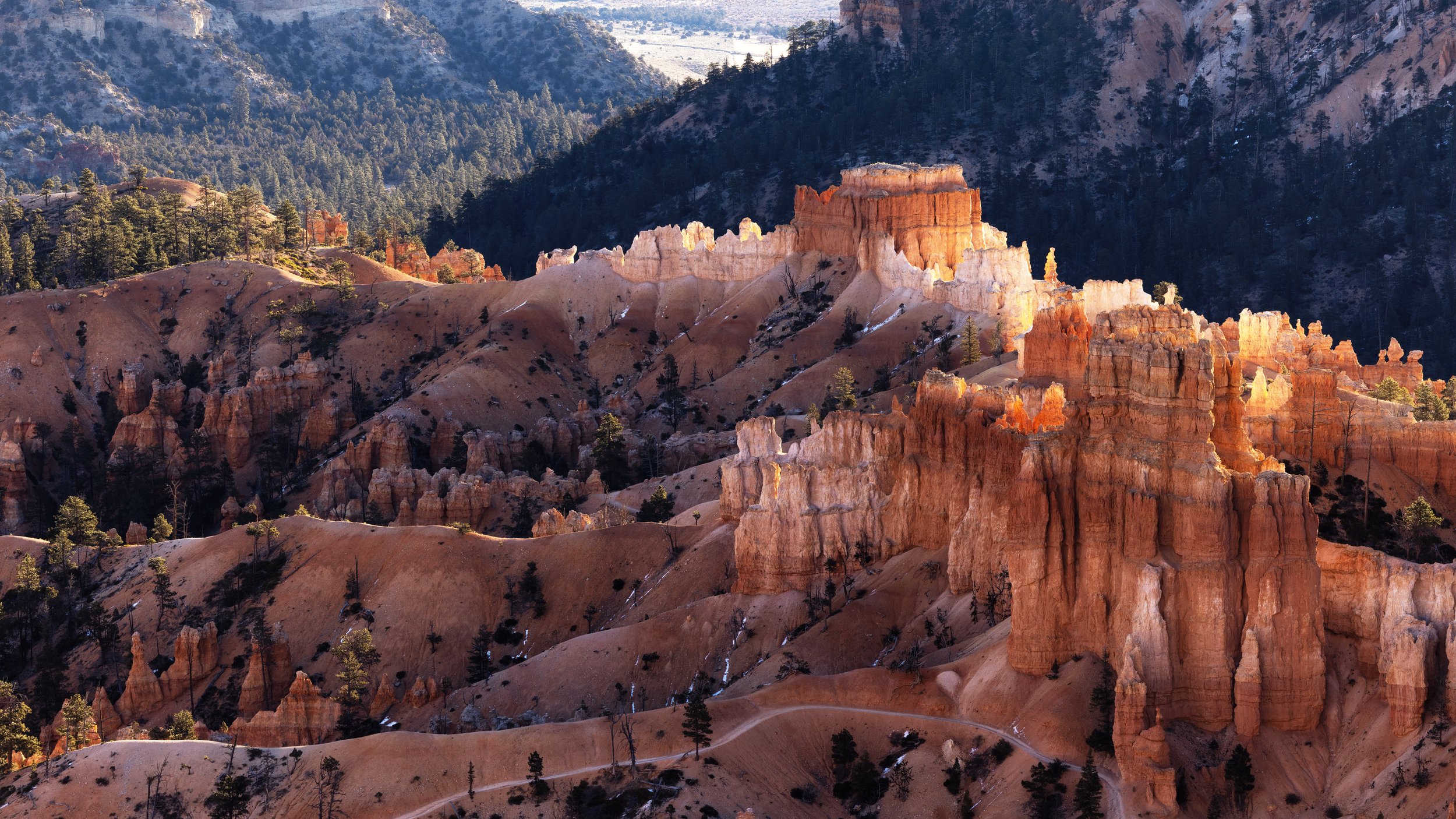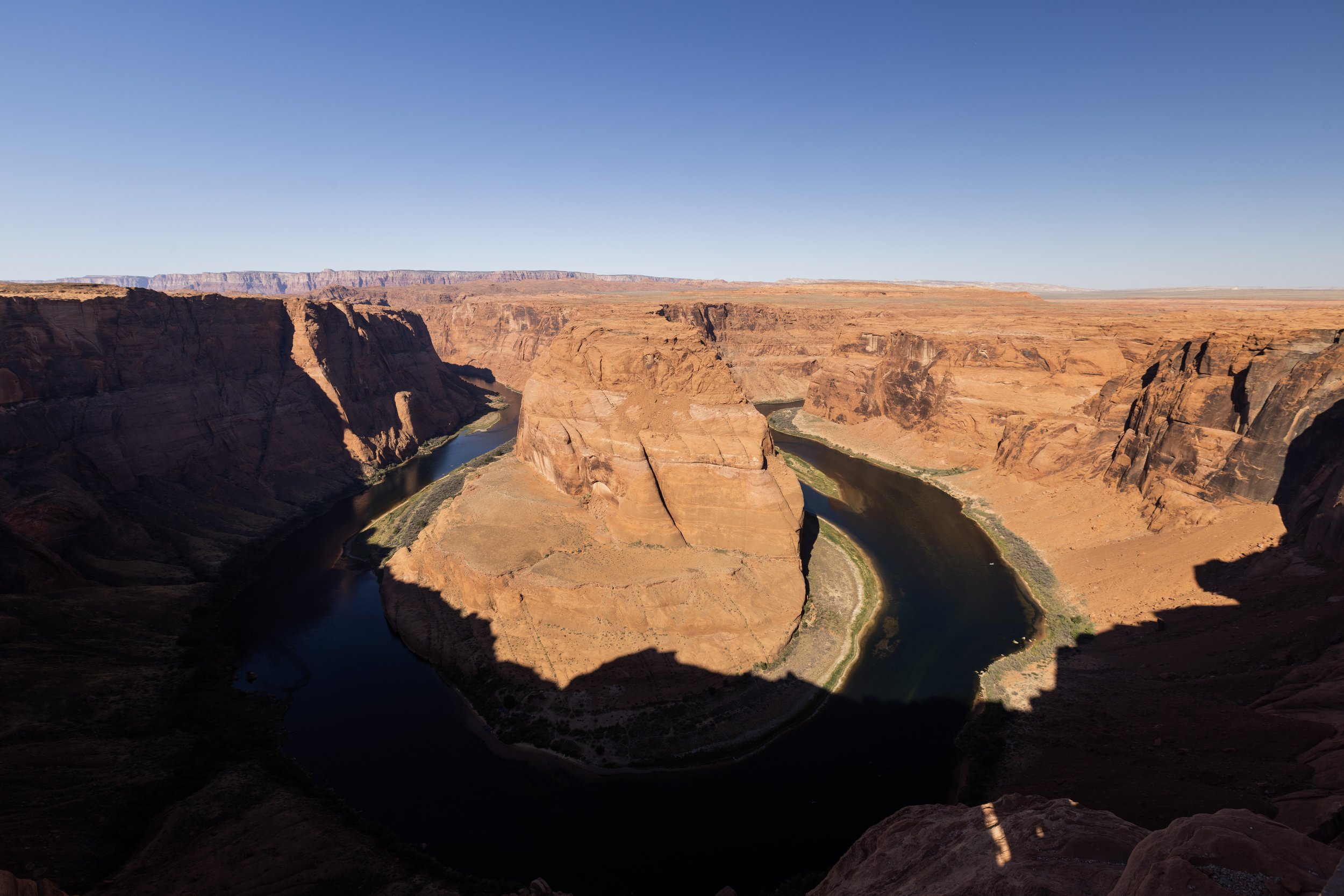Timing is Everything in Landscape Photography!
I will admit, I am not a morning person and prefer to go to bed as late as possible as I feel that there is so much to do in life but when it comes to photography, I have a completely different outlook.
For me, creating that perfect image is all about timing. With every landscape I want to create a drama, a feeling and an emotional impact. Now my question is, how do you turn a Nice photo into a Beautiful photo? The type of quality you will see in National Geographic magazines plus something unique and different in a saturated market.
Lighting Is Everything!
Lighting is Everything and the latin translation for photography is ‘drawing with light’. It is always good to remember this as it is the very basics for taking a great picture, no matter the equipment. As a photographer, we only have a few materials to work with, light, space and time, especially in landscapes. It is the one area where time is on our side until those key moments.
Lighting has many different qualities. It is the key factor into creating aesthetically pleasing imagery but in order for me to understand these questions from my introduction I need to look deeper. For this, I came across David Du Chemin, a photographer and author to the book ‘The Heart Of A Photograph’. In Chapter 6 there were 3 questions he asked himself with his approach, ‘What is the light doing?, What are the lines doing? and When is the moment?’ I found this extremely interesting because they are the key questions which just are done but automatically but really never thought about but I feel that these questions are important to remember as this will save us from a lot of mistakes and it also makes you slow down. I will admit that I add in a fourth question, ‘Where is the light source coming from? as I feel this is just as important and ties nicely in with question 3.
The primary question helps me to determine my settings with the mood and effect with what I want to in order to create an impact. I can not control the light but I can work with it!
So why do photographers prefer the golden hour to photograph a landscape?
Sunrise and sunsets are when the sun is at it’s lowest on the horizon emitting a beautiful soft light which shapes the landscape revealing a 3 dimensional form created by shadows. I will admit that I am a sucker for soft lighting and I will always emphasis this so expect me to repeat this again and again but I feel that it is important to emphasis. To me I prefer the cool softness of a sunrise compared to the soft warm light at sunset plus the lack of people surrounding me in order to allow me to find my perfect spot and correct myself if I do not like an angle. As the sun gets higher into the sky, we start to loose this form as well as the golden colours as the light becomes more neutral.
First light kisses the rock formation creating a 3 dimensional effect over the landscape of Inspiration Point at Bryce Canyon National Park.
Mind Set!
It is easy to get excited when you see something with blue skies and sunshine. I call this the tourist photo in which one shows off where they have been and how the weather was nice.
I have recently returned from visiting Bryce Canyon in Utah where I came across a tourist with this very thought. To me, I wanted some clouds to break the blue in the sky and give a bit of depth and contrast to the mountains as I don’t shoot at the height of day so I was looking for alternative images plus I had to get some sort of tourist photos for myself but he denied it and carried on taking photos with his phone. Now remember, not everyone is a photographer and does not think like me so this fits into my tourist photo theory and I love how this conversation about clouds to break up the skies actually confirmed this.
I will admit that we actually carried on hiking together and I was showing him different pockets of light and glows in the rocks which he admitted that he would never have seen if he was hiking alone, so I hope that I helped him with creating something just a little more unique to show his friends and family on how back lighting is not always a bad thing in photography. As I keep reading, there is no such thing as ‘bad lighting’. It is what you want to use it for which determines whether that light is right for you! It’s all in the mind set. You reap the rewards.
Back lighting on the Hoodoo rocks at Bryce Canyon National Park.
Beautiful streams of cloud and the 3D effect of the falling light on the mountain formation gives a real sense of the Wild West at Monument Valley on the border of Utah and Arizona at Twilight. By using a polariser, I was able to create some extra natural mood to the image allowing me to create something with extra depth compared to the cliche monument valley images we normally see.
Light has many different qualities and is a key factor in creating aesthetically pleasing images.
There are so many explanations about photography lighting but I mainly want to concentrate on timing because this is about landscape lighting rather than portraiture. It may come under the same area but they are completely different disciplines when it comes to natural light, artificial lighting or the mixture of both. It is impossible to do but I did witness a woman with her camera over ‘Bryce Point Over Look’ before sunrise hand holding her camera and using her on camera flash.
PLEASE. I BEG YOU, DO NOT DO THIS!!!!
I understand why she wanted to use the camera flash in dark conditions but this WILL NOT do anything to counter the shadows over the canyon or light up the area There is nothing to gain from this. Tripods and landscapes work in harmony together as a slow shutter and a closed aperture to allow more detail into a picture is required and this is how you counter the darkness.
Horseshoe bend!
For my example I wanted to use my own personal experience of Horseshoe bend as my case study when it comes to lighting and timing. I will admit, I always thought Horseshoe bend was a sunrise spot and not a sunset spot and I will say, I was so wrong but being from a different country, it is not always easy to find these things out.
I actually stumbled across Horseshoe bend whilst I was driving to the North Rim of the Grand Canyon and thought I had left my purse in a gas station 80 miles south where I had been. I found a car park which turned out to be the car park of Horseshoe bend. Lucky but it cost me $10 just to look for my purse in my rental. So seeing as I was in the area, I thought, why not take advantage as I was not actually meant to be at Horseshoe Bend until after my Grand Canyon trip (see Arizona travel blog). This gave me the opportunity to check out the location and what a surprise, I did not expect to see a massive shadow over the Canyon bend so I was so happy that I had stopped in order for me to do my reconnaissance.
Canon R5 + Canon ef 16-35 2.8 @ 16mm, ISO 50, 1/80, F9
Horseshoe Bend in Arizona at 10.38 in the morning. Harsh light and shadows over the rocks and the river bend.
Apps are a useful tool to help you with finding where about the sun will rise and fall and the timing at which this will happen are a great aid to any landscape photographer.
So let us look at the image of Horseshoe Bend. This was taken at 10.38 in the morning and as you can see, the shadows around the Canyon are not flattering plus the harsh light make the rock on the bend extremely unflattering. This would not even get into the vacation family slide show but at least for those who can not make it later, this has to be there, ‘I have been there’ picture and will then go to the gift shop to buy a better quality photo. For me, this is not good enough so I was able to take out my phone and use a sun tracker to position where about’s the sun was going to set and allow me to plan my timing accordingly which turned out extremely beneficial. As this is a highly touristy spot, you need to mark your territory and position yourself before everyone else. I learnt this at Mesa Arch.
In photography, my name is Sheldon Cooper!
‘That’s My Spot!’
The one and only time for me photographing the sunrise under the arch saw just me and 2 other people 2.5 hours before the sunrise but 20 minutes before the sun was up I must have seen around 100 people around the area, not just behind me but on the rocks beside and even partially on the arch itself. Timing is not just about colours and lighting but making sure you have that perfect spot for your perfect angle. As long as you have done your research into what kind of image you want then everything else should fit into place. I usually prey for a little cloud just so it softens the sun, allowing beautiful colours and textures from the clouds, especially during blue hour. Sadly it was not meant to be (this time) as luck was not on my side in order to create that emotional impact but still something to cherish after all of the hard work to get this the shot.
Horseshoe Bend in Arizona an hour before sunset at 4.45pm where the lighting and the shadow even up.
Own it!
A cloudy sunrise creates shadows and a 3D effect over the red rock mountains of Sedona on a beautiful late summers morning in Arizona.
Like what you have just seen? Why not own a piece of my work and display it proudly on your wall! Yes, I am now selling!
I love sharing the beauty of the locations which I have explored. It allows me to capture breathe taking moments. With an ever growing collection, Leila has become synonymous with pristine images of landscapes and travel photography. Own a piece of these exclusive images and allow timeless beauty into your home.
A cloudy sunrise creates shadows and a 3D effect over the red rock mountains of Sedona on a beautiful late summers morning in Arizona.
First Light kisses the Hoodoos and trees of Bryce Canyon National Park on a winters morning in Utah USA










